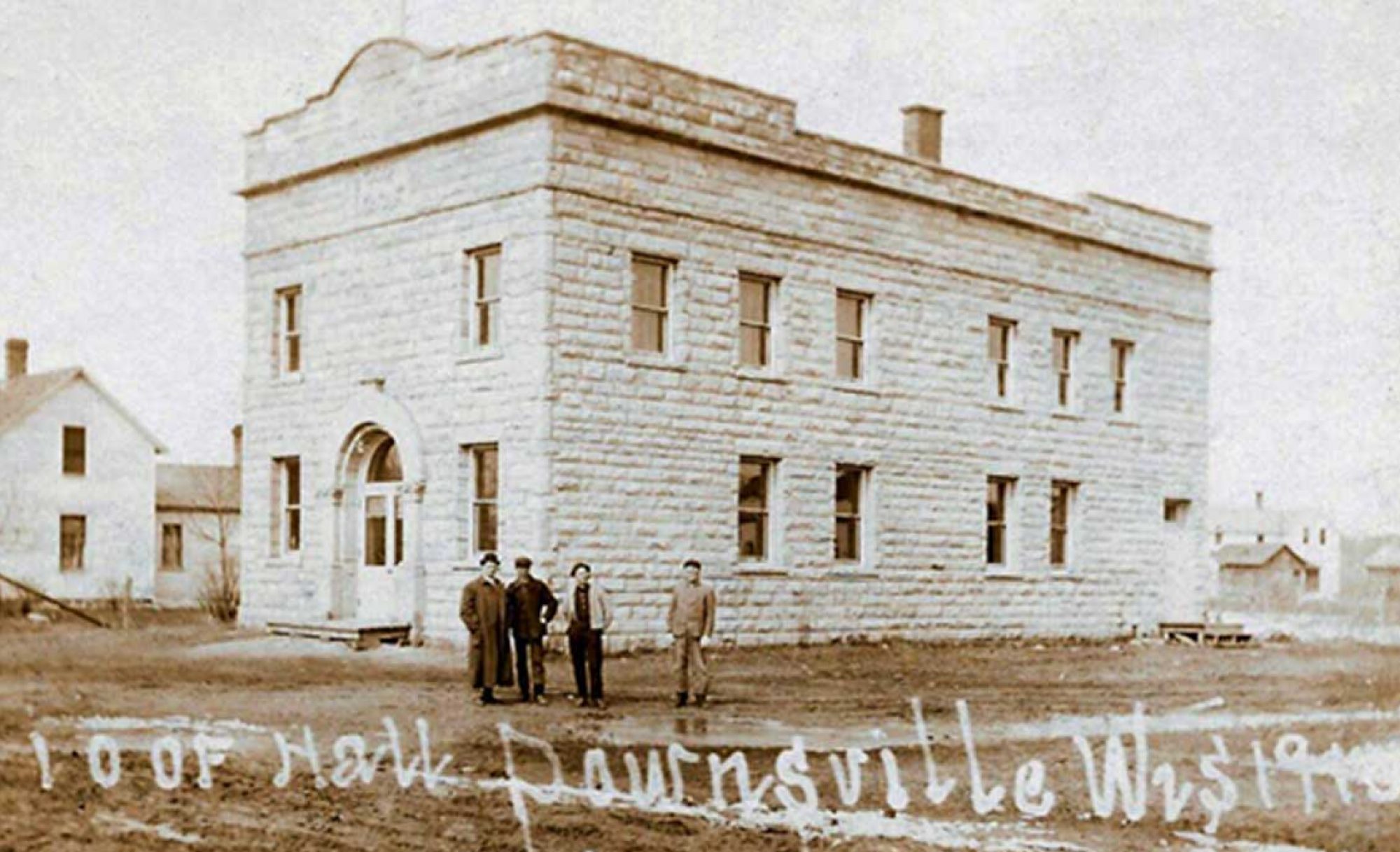Caddie Woodlawn
Caddie Woodlawn is a children’s historical fiction novel by Carol Ryrie Brink which received the Newbery Medal in 1936 and a Lewis Carroll Shelf Award in 1958. The original edition was illustrated by Newbery award winning author and illustrator Kate Seredy. Macmillan released a later edition in 1973, illustrated by Trina Schart Hyman.
Plot
Set in the 1860s, it is about a lively eleven-year-old tomboy named Caroline Augusta Woodlawn, nicknamed “Caddie”, living in the area of Dunnville, Wisconsin. As a young girl she made the journey from Boston to Dunnville with her family, one which nearly cost her life. Sickly and weak, she is allowed to run wild with her brothers, Tom and Warren, to regain her health. They spend much of their time exploring the woods and rivers that surround their farm. The book opens with Caddie, late for dinner after an excursion to visit the local Indian tribe, embarrassing her mother with her antics. She, undaunted, spends the next year having a string of adventures and scares. From a midnight ride through the forest to warn her friend “Indian John” that the settlers are planning an attack, to a prairie fire that brings out the best in Obediah, a schoolhouse bully, to a life-threatening fall through a lake while ice skating, her life is far from boring. Things come to a head when “perfect” Cousin Annabelle from Boston arrives for a visit and Caddie is forced to confront her future. Tom and Warren, always a part of her adventures, come along for the journey. This story is full of practical jokes and touching moments like the long journey home of Nero, a beloved pet. It is the true story of a family’s existence on the frontier during the Civil War, and offers insights into how life was lived in a small Wisconsin village where fear of local Indians was a reality and life and death situations arose with frightening regularity. The sequel, Magical Melons (1939), continues the story of Caddie and her family.
Author’s Background
Brink was born and raised in Moscow, Idaho, in the Palouse region. Orphaned at age eight, following her mother’s suicide, she lived in Moscow with her widowed maternal grandmother and an unmarried aunt. The grandmother had grown up on a farm in Wisconsin. In a preface to the later edition of Caddie Woodlawn, she said the books were partly based on the life of her grandmother, Caddie Woodhouse Watkins (1853–1940) ]and her siblings: older sister Clara, older brother Tom, younger brother Warren, younger sisters Hetty and Minnie, and baby brother Joe.
The house where Caddie lived is now a historical site, about 12 miles (19 km) south of Menomonie, Wisconsin
From Wikipedia, the free encyclopedia
